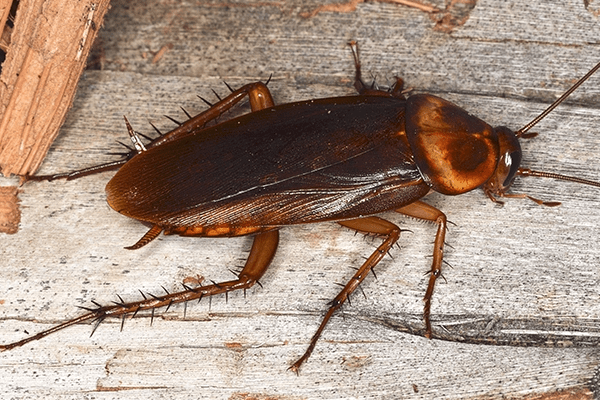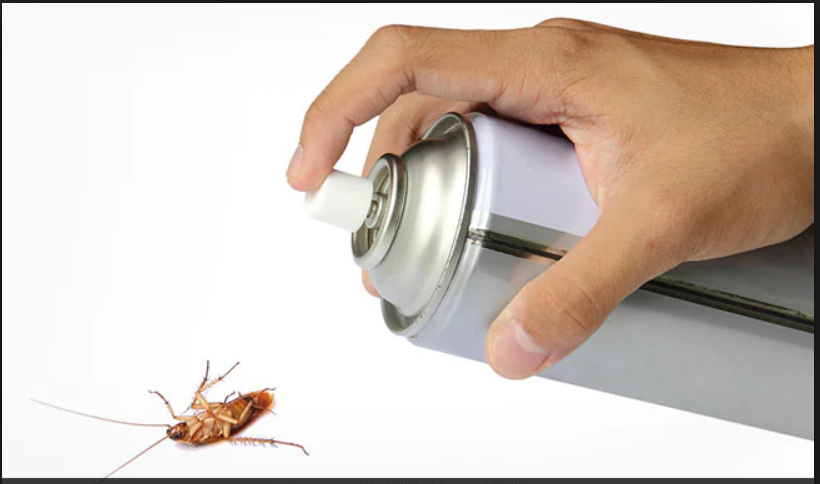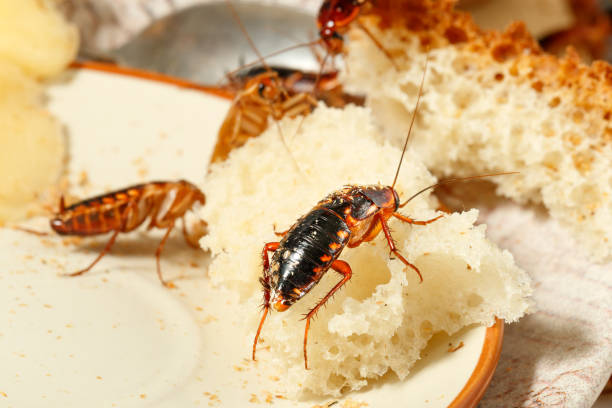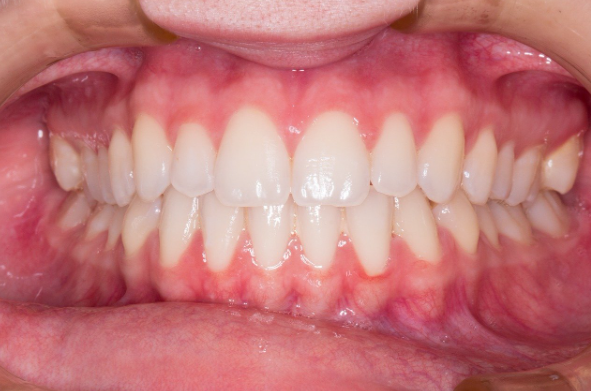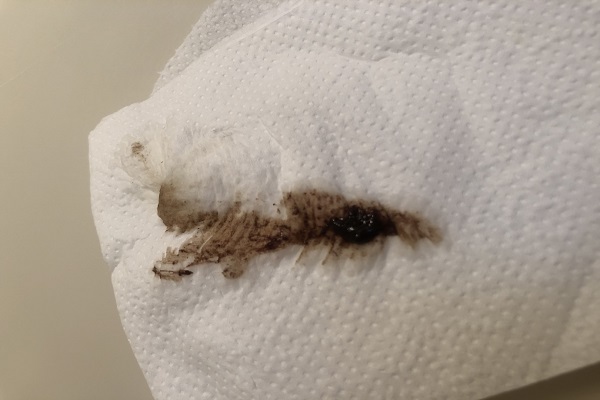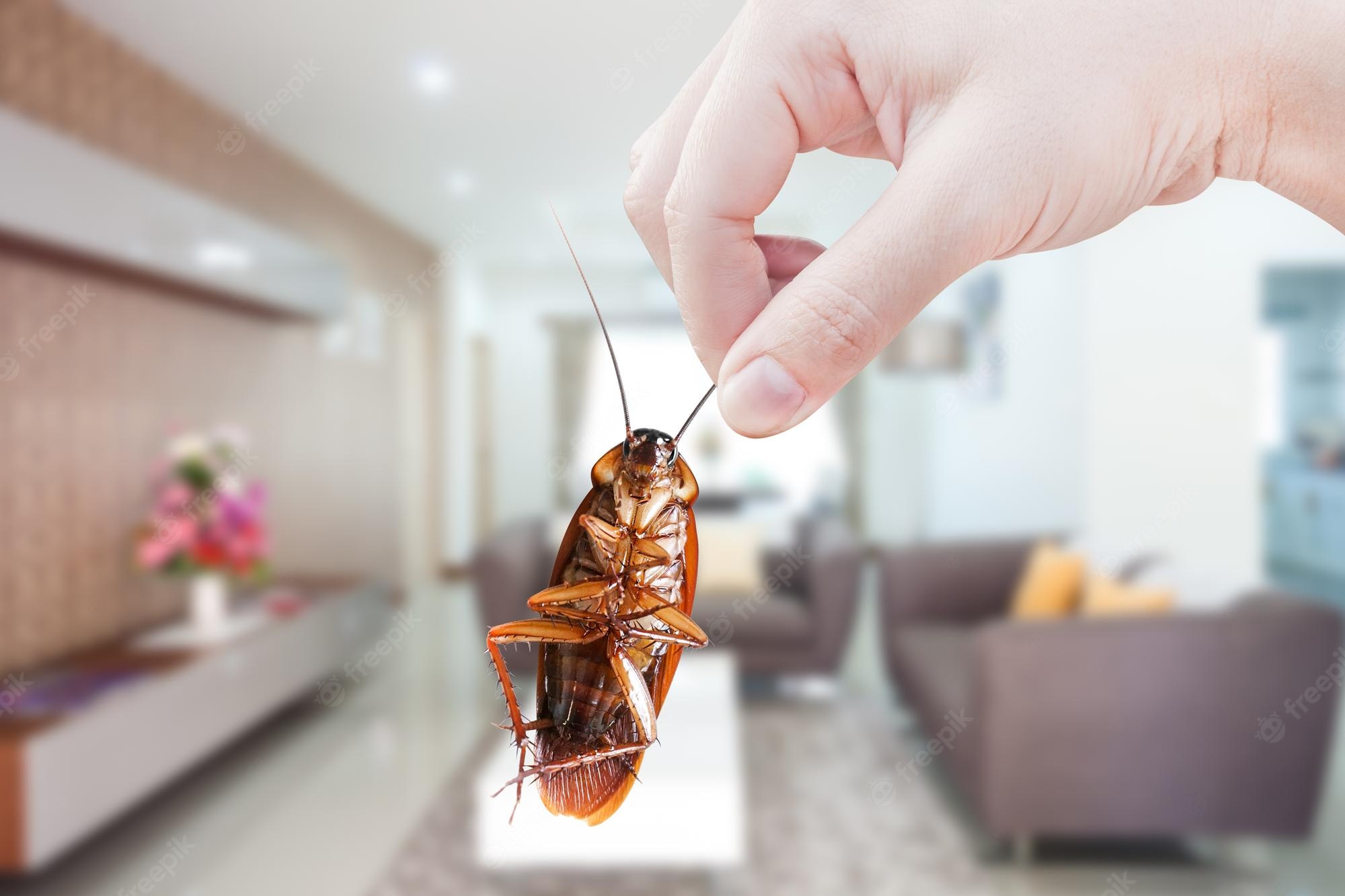What Causes Roaches – Find Out👌
What Causes Roaches – If you have found one or two terrifying cockroaches crawling around your home, you are no doubt wondering what in the world has attracted these cockroaches to your home.
You keep the house clean and don’t leave the windows open, so what happens? How did these pests get inside, and why are they suddenly disrupting your life?
Cockroaches – even those that love to live outside – enter homes for several reasons, and we’re going to break down each of them for you.
First, you will learn what causes cockroaches to appear in your home. Then what can you do to get rid of cockroaches permanently.
Understanding Indoor and Outdoor Roaches
Right now, you don’t have to know exactly which species of cockroach you’ve found in your house. But to know what’s causing roaches in your home, it is important to determine whether you’re seeing an indoor or outdoor species.
Indoor Roaches
Indoor or “domestic roaches” only live inside homes and other structures. If you’ve found them in your house, you probably got them from somewhere else.
Usually, a person accidentally brings roaches or roach eggs in unawares. That might sound unlikely, but it’s easier than you’d think for a tiny cockroach to stow away in your purse or work bag. These insects might have crawled into your child’s backpack at school. Roaches sometimes hide in grocery bags and packages, too.
One exception is shared living: if you live in an apartment building or townhome, the roaches might’ve come from a neighbor. In that case, you should tell the building owner right away.
Indoor roaches are typically smaller species. You could be dealing with one of these species:
- German cockroaches
- Brown banded cockroaches
Besides your home, indoor species have nowhere to go. Once they’re in, they’re going to start multiplying.
Outdoor Roaches
Outdoor roaches live among the fallen branches and leaf litter that covers forest floors. They also inhabit the mulch and soil that surrounds your landscaping. These cockroaches are especially prevalent in southern states.
Outdoor cockroaches are often larger and many of them fly. These include:
- American cockroaches
- Oriental cockroaches
- Smokybrown cockroaches
These roaches usually prefer living outside in dark, damp environments like sewers, subway tunnels and storm drains.
But when the environment changes—when their habitat floods or the weather turns too cold—they start looking for better shelter. That’s likely the reason outdoor roaches have moved into your home.
They could have crawled in through the gaps around wiring or entered your home through the dryer vent. American roaches or smokybrowns might even have flown through an open window or onto the roof. Later, we’ll explain how to seal up these entry points.
First, let’s talk about the things that make cockroaches comfortable in your home.
What Causes Cockroaches to Start Living in Your House?
Cockroaches invade for a simple reason: they want something from your house.
You already know that outdoor roaches often come in looking for warmer shelter.
In fact, that’s one of 3 primary reasons for cockroaches to enter homes: food, moisture and shelter.
Food Fit for a Roach
A cockroach’s hunger is never satisfied and its sense of smell is finely tuned to detect anything edible. And what they consider edible truly stretches the definition of food.
Roaches will feed on just about anything organic, including paper, glue, pet waste and garbage. They’ll even eat pet hair that’s collected under furniture and grime stuck in the garbage disposal.
Once they’ve found all those crumbs and other tasty morsels, they’re going to stick around. So what causes roaches in a clean house?
Moisture and Humidity
Most cockroaches are very sensitive to dehydration and need water to survive.
That’s why they live in humid places and why you’ll often find them under the kitchen sink or in the bathroom. American roaches, especially, love damp locations, like sewers and gutters. Indoors, Oriental roaches often get caught in bathtubs and toilet bowls.
Just a few drops of water from a leaky pipe, dripping faucet or wet shower mat are enough. If there’s a room in your house that traps humidity, that’s where roaches will go to breed.
Shelter: Safe and Out of Sight
Shelter is more than just a hiding place for roaches—it’s a safe location to lay eggs. When they find the right place, they reproduce quickly.
Clutter only makes a room attract cockroaches more. They love a closet filled with photos and books, where they can hide their egg sacs undisturbed.
We’ve mentioned their need for moisture. A combination of moisture and clutter? That lets roaches thrive. In a moment, we’ll show you how to stop giving roaches what they want.
Some Cockroaches are Attracted to Lights
While many species of cockroaches spend their days hiding in the dark, a few flying roaches—like smokybrowns and wood roaches—are strongly attracted to lights. Neglect a torn window screen or forget about the gap under your old front door and roaches can crawl—or fly—right in.
How to Say ‘Ciao’ to Your Roach Problem
Understanding the causes of cockroaches helps you wrap your head around a new or established infestation. The next step is getting rid of roaches for good.
An effective way to do that is with a method we call “CIAO” based on an Integrated Pest Management (IPM) approach.” CIAO stands for Clean, Inspect, Attack and Outsmart—the four components of long-term roach control.
Here’s how it works:
- Clean
Clean your home of everything that roaches need to survive. Deep cleaning leaves your home less attractive to roaches and harder to infest.
- Inspect
Inspect for roach activity inside and outside. A thorough inspection provides intelligence you can use in the next stage of Attack.
- Attack
Attack cockroaches by targeting them where they congregate and travel. You’re going to use some of the best pest control products to eliminate them or significantly reduce their numbers.
- Outsmart
Outsmart roaches that try re-infesting in the future. By taking steps now to keep them out, you’ll save yourself loads of future grief.
Here’s how you can begin to implement CIAO right now:
1. Clean and Sanitize
You might have a clean home, but this first step is about more than just sweeping: you’ll need to empty out cabinets, move furniture and vacuum everywhere.
You should also throw out any opened, damaged or unsealed food that could have been contaminated by roaches. Use a disinfectant spray to sanitize surfaces.
Use a towel to kneel on the floor and vacuum under appliances, behind furniture and along floorboards. This is where our first two steps—cleaning and inspecting—overlap. Before you vacuum these hard-to-reach areas of the home, write down every place where you find evidence of roaches (droppings, dead roaches or a musty stench).
Do the same as you clean and empty out cabinets. You’ll probably discover quite a few food sources and potential hiding places, which you’ll target in steps three and four.
2. Inspect for Hotspots and Entry Points
With everything cleaned out, it’s much easier to thoroughly inspect these areas to find out where roaches are hiding and how they’re surviving.
Every time you find more evidence, write the location down on a notepad and clean it up. Keep vacuuming and disinfecting as you discover other locations.
Then, near each hotspot, place a store-bought sticky trap. This will attract and trap any roaches hiding nearby to help you determine where they’re most active and how big the problem is. It’ll also give you a head start on the next step by killing roaches overnight.
If you’re dealing with outdoor cockroaches, now is the time to inspect the area outside of your house.
Walk the perimeter, looking for cracks and crevices less than half an inch wide. Add these to your list. Check for torn window screens and gaps around wiring. Make a note of any puddles or areas of saturated soil that you’ll need to address later.
Use our step-by-step guide to find where cockroaches are hiding.
Now that you’ve cleaned, emptied and written down your target areas, it’s time to attack.
3. Attack the Existing Roach Infestation
To get rid of existing roaches, you’re going to use four proven tools:
- Traps
- Gel bait
- Insecticidal dust
- IGR
You’ve already set some traps in areas where you found evidence of roaches. Now, add some more near other typical cockroach hiding places: around the fridge, dishwasher and washing machine, in the pantry, along basement walls and around pipes.
In the small cracks and holes that roaches use to get inside walls or under floorboards, apply drops of gel bait. This powerful pest control product spreads from roach to roach, so a single drop could kill a number of the pest.
Use insecticidal dust to treat inaccessible places like wall cavities and electronics. Did you know tiny roaches could hide in your microwave’s clock or inside your air fryer? Squeeze a puff of the dust inside to kill any roaches that touch it.
An IGR is a bonus product that stops roaches from reproducing. It might not kill the adults, but it makes them sluggish and weak enough that they won’t survive long. More importantly, it prevents baby roaches.
4. Outsmart and Outwit to Prevent Future Roaches
The only thing worse than finding roaches once is finding them twice.
But now you’ve got a file on them. You know where they come from and what they’re looking for. You know their habits and their hideouts.
Let’s turn that knowledge into strategy.
Keep Roaches Out
Outdoor species displaced by flooding or cold weather are determined to get inside. You’ll need to plug every opening in exterior walls with steel wool and weatherproof caulking. Repair screens, seal up window frames and install weatherstripping to guard the spaces under doors.
Then, work on eliminating excess moisture by spreading mulch more thinly and clearing clogged gutters that might be dumping water into a moat around your walls. Stack firewood neatly to help it dry and rake any leaves and debris away from your house.
Preventing indoor roaches comes down to vigilance because they depend on you to bring them in. Check everything before you bring it into the house (or your car, for that matter). That includes bags from the store, boxes from the garage, tools from the shed and firewood from the yard.
Take Away the Things Roaches Want
You’ve already cleaned out cupboards and closets. As you put things back, be careful not to recreate that clutter. Take this starting-fresh opportunity to organize and reduce. You’ll make things less attractive to roaches and better for you.
A quick way to eliminate roach hiding places is to swap cardboard boxes for plastic bins with lids. Stack them neatly and leave room for occasional cleaning around them.
Just as you did outside, address the moisture in your house. Use fans to ventilate rooms, like the attic and basement, that become especially humid. In the bathroom, hang the shower mat after use and try to reduce lingering humidity.
As you restock your pantry and open new food items, seal them in hard containers instead of trying to fold or clip things closed. Try to organize things neatly so you can clean around them on a regular basis.
Make sure you wash the dishes daily and replace your garbage bag as soon as it’s full. After you’ve cooked, wipe down countertops to remove crumbs and grease. Don’t leave any food or dirty pots and pans out in the open. Empty pet water bowls and discard their food each night.
Repair any faucets that drip to remove that water source and save money. While you’re there, fix any leaky pipes under sinks or attached to appliances, dry up damp areas, and mop up standing water.
Set Long-Term Traps
There’s one more way you can outsmart roaches: set long-term cockroach traps that’ll catch them before they can get settled.
Sticky traps are great for this because they can catch quite a few roaches before you have to replace them. Just check on them from time to time to make sure there aren’t any fresh catches. If there are, scroll back to the first step to get rid of any others.
Insecticidal dust is another great long-term solution. This stuff remains potent as long as it stays dry, so it can kill roaches for over a year in the right conditions. Dust into walls and behind furniture (where pets can’t get to it) for added peace of mind. Set an appointment on your phone’s calendar every six months to a year to refresh it.
Unfortunately, if you’ve had outdoor roaches, there’s a decent chance you’ll wind up seeing them again at some point. But this time, you’ll be prepared.
Conclusion
A cockroach infestation makes even a clean home feel dirty, contaminating food and putting you at risk of allergy and asthma attacks.
Now that you’ve learned what causes cockroaches, you also know what you need to do to get rid of them. Eliminating the things that attract roaches gives you the upper hand right now and helps prevent them in the future.
